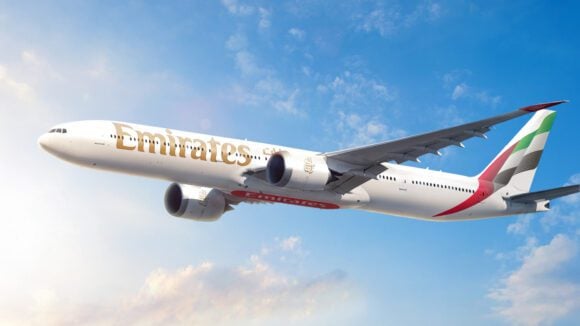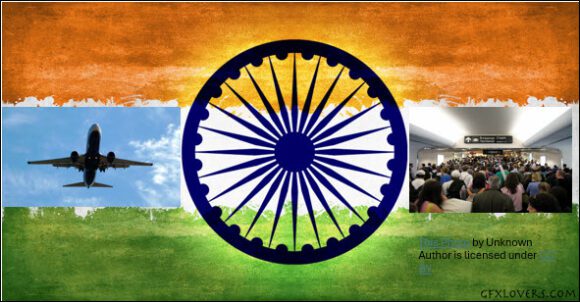
It is an episode that India’s former national carrier, Air India, has been trying to forget.
In the midst of a $3 billion turnaround, hundreds of plane orders, and a major human capital upgrade, a Boeing 787 crash was the last thing it needed as it tries to shed its decades-old government legacy.
And yet, this week, the crash was back in discussion. With Boeing 787s developing snags again, aviation minister Ram Mohan Naidu defending the investigation, and a pilots’ union seeking the grounding of all Dreamliners, the controversy returned to the spotlight.
It all started after Air India Boeing 787-8 aircraft (VT-ANO) operating from Amritsar to Birmingham was grounded in the UK after its Ram Air Turbine (RAT) deployed as it approached Birmingham earlier this month. Soon after, another flight from Vienna to New Delhi was diverted to Dubai due to a possible technical snag.
The first incident spooked many, as a RAT is deployed only in serious situations such as engine failure. The RAT had also been deployed in the Ahmedabad crash of flight AI117, prompting detailed investigations and video analyses. The real cause of that incident is still not known. Still, India’s largest pilot association, the Federation of Indian Pilots (FIP), shot off a letter to the Civil Aviation Ministry demanding that all Boeing 787s be grounded. It also sought a special audit of Air India’s Boeing 787 fleet.
In its letter, FIP said both these incidents “had major technical issues where the autopilot system suddenly failed, triggering a series of technical malfunctions. The aircraft experienced failures across critical systems, which included Autopilots, ILS (Instrument Landing System), Flight Directors (FDs), and Flight Control System Degradation with no Autoland capability.”
Air India, however, refuted claims of an electrical failure on the Vienna-Delhi flight AI-154 on October 4, saying “all electrical and hydraulic parameters [were] normal, and the aircraft landed safely at Birmingham Airport. At no point during the flight was there any loss of power or control systems.”
India’s aviation regulator, the Directorate General of Civil Aviation (DGCA), directed Air India to reinspect the emergency power systems on its Boeing 787s, where modules were recently replaced.
The DGCA also asked Boeing Co. to submit a detailed report on preventive steps to avert uncommanded deployments of the Ram Air Turbine.
All this came even as aviation minister Ram Mohan Naidu, already facing questions over the quality of the probe, pushed back in his public comments on the Air India crash investigation.
“There is no manipulation, or there is no dirty business happening in the investigation. It is a very clean and very thorough process that we are doing according to the rules,” Naidu said on the sidelines of an aviation book launch in the capital.
The minister also said it will take some time for the final report to be out.
“We don’t want to pressure them into coming up with some hasty report,” he added, referring to the accident investigation regulator AAIB.
For Air India, every such incident creates negativity it can ill afford at this crucial juncture—especially after losing $1.2 billion in the last fiscal, despite low fuel prices and strong demand.
Each of these headlines also potentially benefits rival IndiGo, which is aggressively expanding into Europe using Boeing 787s—though none of its aircraft have faced RAT deployments, at least publicly.
This month, IndiGo launched flights to Copenhagen and is already strengthening its presence in London, Manchester, and Amsterdam using the same Dreamliners, marking its first significant foray into long-haul flying.
Its CEO, formerly of KLM, also pressed for a fair balance of flights between European and Indian carriers during the Copenhagen launch event.
“If KLM in the Netherlands is flying 28 flights a week into India because of the [size of] the Indian market, and on the other hand the Indian operators such as Air India only get like seven flights, and [there is] nothing or just a handful of slots for IndiGo at Amsterdam’s Schiphol, then there should be some balance,” Pieter Elbers told a newspaper.
He added that the imbalance is further widened because European carriers can operate flights to several Indian cities—Delhi, Mumbai, Hyderabad, and Bengaluru. In contrast, smaller European markets make it commercially feasible for Indian airlines to serve only one major airport in each country.
“It is difficult to understand [the argument] that since Europeans have been flying for a long time, they have all the slots,” he said, referring to the grandfathering of historic slots. “That is not the way it should work.”
Clearly, as Air India—which counted prime international slots among its most significant strengths during its 2022 privatisation—struggles to clean up its legacy of ageing planes and government ownership, IndiGo sees an opportunity to expand its global footprint. And fast.
How this expansion and the ensuing rivalry translate into financial outcomes remains to be seen.
Views: 677



